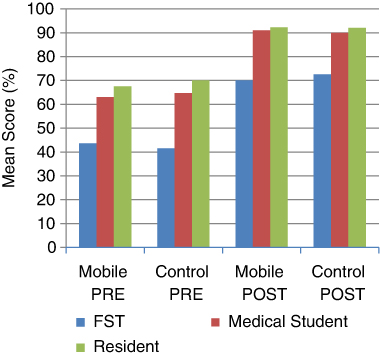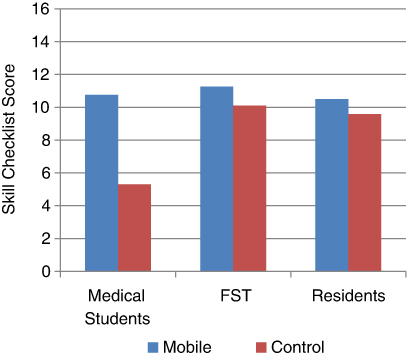Virtual Validity: mHealth Simulation Games, Diagnostic Indicators, and Behavior Change
Carlos Godoy1, Lynn Miller1, Charisse Corsbie-Massay2, John L. Christensen3, Paul Appleby1, Stephen J. Read1, Mei Si4
1University of Southern California; 2Syracuse University; 3University of Connecticut; 4Rensselaer Polytechnic Institute
Journal MTM 2:4S:17, 2013
Abstract
Risky decisions (e.g., having unprotected sex; using methamphetamine) are often context dependent, automatic, and affectively based, but the contextual triggers that contribute to those risks may not be well understood by the individual him or herself. Virtual game simulations, designed to capture real-life situations, for example for PTSD sufferers, (Rizzo et al., 2009; McLay et al., 2011) are used by clinicians to diagnose then, personalize therapy. Because Read et al. (2006) have designed interactive virtual date environments (VE) to simulate the risk challenges MSM typically encounter in real life, could MSM’s virtual decisions be used to diagnose men’s risks in everyday life? However, to date, no tests of a simulation game’s virtual validity (link between game and real-world risk-taking) have been conducted: That was this project’s goal. We tested the hypothesis that decisions made within the VE would be correlated with real-life risky choices made in the past 3 months (e.g., unprotected sex, alcohol use, methamphetamine use). High-risk men who have sex with men of color (18-30yr old MSM of Latino & African-American descent) were recruited online via hook-up/social networking sites on both mobile apps and through the Internet. Participants reported past risky behaviors and then made a series of automatically recorded choices in an online VE. We found that those who drank alcohol in the past 90 days were likely to choose to drink alcohol in the VE, p(116)=.332, P=.000. Similarly, those who took methamphetamine in the last 90 days, were also likely to choose to take methamphetamine in the VE, p(116)=.866, P=.000. Those who were the insertive partner most in real-life (over 60% of the time), chose to be the insertive partner in the VE, and those who were the receptive partner most in real-life (over 60% of the time), chose to be the receptive partner in the VE, Anal Sex Position p(90)=.747, P=.000. Finally, those who chose to have unprotected anal intercourse (UAI) in the VE, were more likely to have engaged in risky anal sex in the past 90 days, UAI (Time 1) p (116)=.612, P=.000. These findings suggest the potential value of VE for unobtrusively diagnosing, predicting, and understanding the circumstances under which real-life risk-taking might take place. These findings suggest virtual simulation games could be used in apps and over the web to diagnose MSM’s real-life risky choices, potentially yielding more behavior change, even for those with contextual challenges they don’t understand.
Read More
 Figure 1
Figure 1 Figure 2
Figure 2